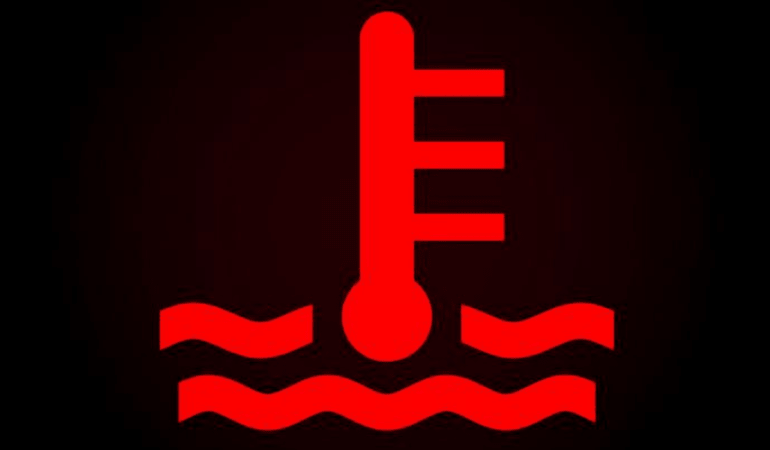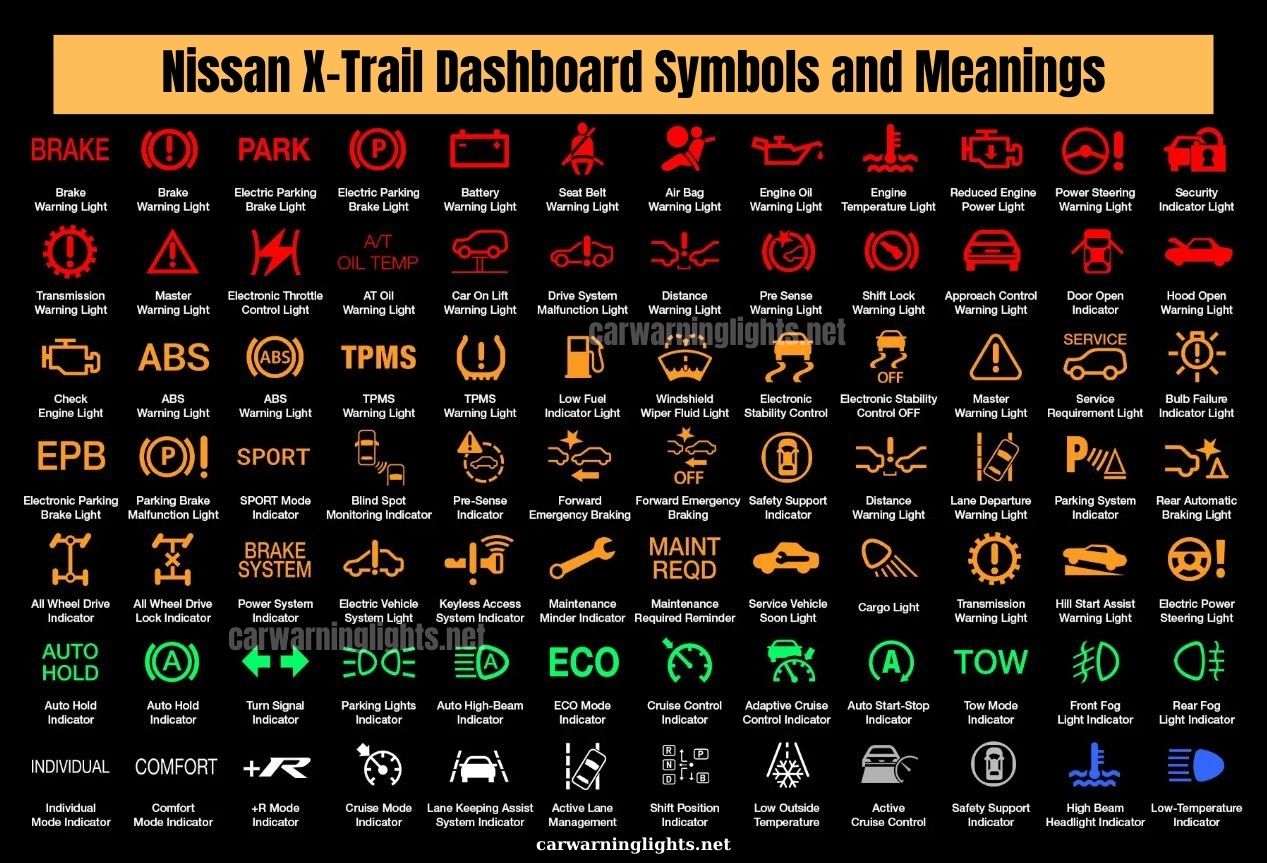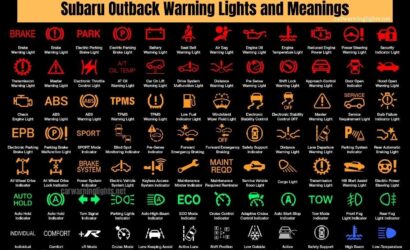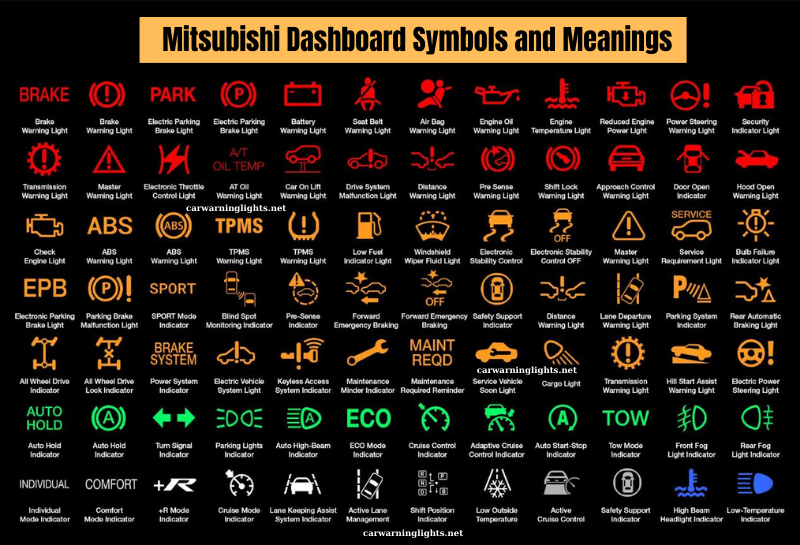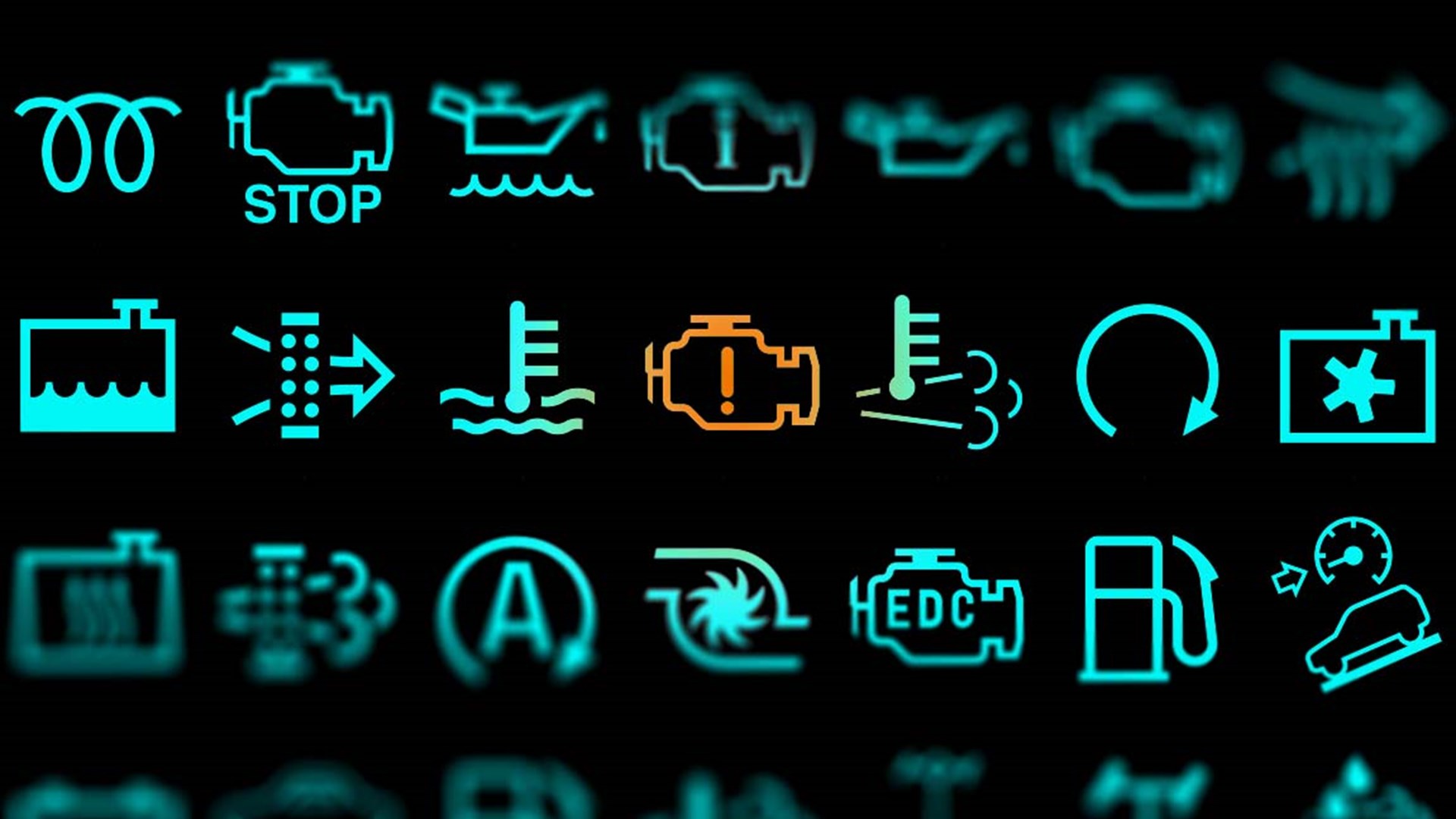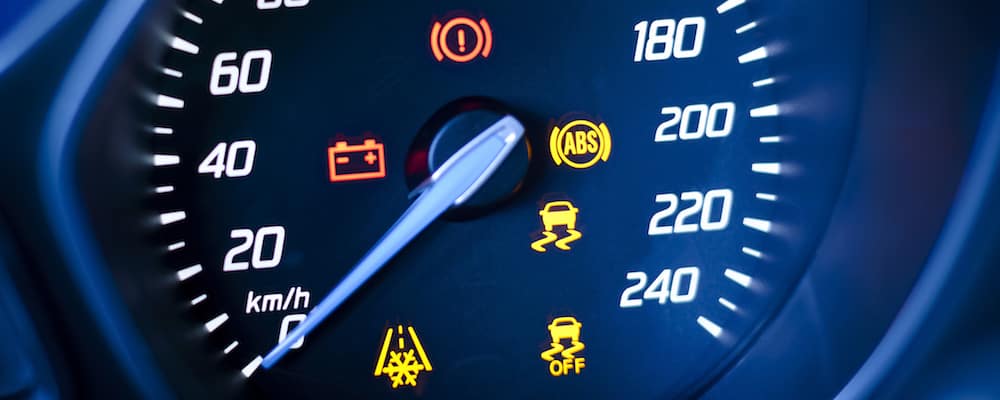We prepared a guide-like content for answers to your questions such as; Why does coolant temperature warning light turn on? What should we do if the engine temperature warning light turns on? Why does the coolant temperature indicator increase? How to turn coolant temperature warning light off?
Continuing to drive while the coolant temperature warning lamp is on the vehicle display panel with the symbol above, increases the risk of motor damage and leads to high costs of repair! If your vehicle has a coolant temperature warning light on it, it means that your engine is overheated.
If the engine cooling system is working properly and filled or operating normally (even in hottest weather and heavy traffic), it will never overheat. Sometimes in hot weather, abnormal driving conditions may force your car’s engine and you may need to check the engine’s cooling water. If there is a coolant temperature light on your vehicle, there must be a problem.
If the coolant temperature warning light turns on, what should we do?
The vehicle must be stopped as soon as possible and the vehicle must be safely pulled over the side of the road so as not to risk the traffic. Then you should stop your engine and wait for it to cool down.
Attention! Do not try to open the radiator cap!
The radiator contains hot water under high pressure. If the cover on the radiator is opened, pressurized and steamed air can cause severe burns. There is no intervention type that you can do with a hot motor. That’s why let your car cool down. In addition to this, opening the cover of a hot engine can lead to greater costs. This is because, high pressure will drain the water and cause the motor to stay dry and burn the gasket.
Wait at least half an hour or more. After the engine has cooled down, you can open the radiator cap and check the coolant level. Firstly, cover place with a cloth on the cap and slowly turn the cap until it stops in the first lock. In this way, you can ensure that the pressure inside is released safely. Wait until all the pressure is out before you open the cap.
If liquid is missing, add water or antifreeze to the radiator or coolant reservoir. It will be more accurate to add 50/50 antifreeze and water mixture to protect engine water from freezing and boiling risk and against corrosion. However, this is an emergency situation, so you may not have antifreeze. Add water for now, then add some antifreeze by draining some of the cooling fluid.
Check Water Leaks!
The engine cooling fluid has been lost due to leaks, so the engine may have overheated. Visually inspect the radiator, engine and cooling system for leaks. Generally, leaks are seen in the radiator, radiator hoses, hose connections and circulation pump. If there is a leak in the engine (such as a cylinder gasket or a blind crack) it will not be visible and this can only be detected by the cooling system pressure test.
If you do not stop the vehicle which has a coolant malfunction…
Continuing to use an overheated motor can cause serious damage. You damage the pistons, and cylinder gaskets. When the parts inside the engine are overheated, they expand and rub against each other and begin to melt and fuse. Valve thrusters can be extended, the valves melt, the pistons and the crankshaft can wear out.
Overheating of the engine creates enormous thermal stress on the engine and cylinder block. Blasting can cause cracking and bending. This is a common problem with aluminum-lined engines.
The only vehicle that can be safely driven when the coolant malfunction light is on that is the Cadillac with Northstar V8 engine. Cadillac engineers have designed this engine to automatically shut off half of its cylinders if it feels overheated. In this case the energy load of the motor and therefore the heat is reduced. The exhausted cylinders provide air circulation for cooling the engine. At this point the vehicle may go to the nearest service station for getting to repair.

